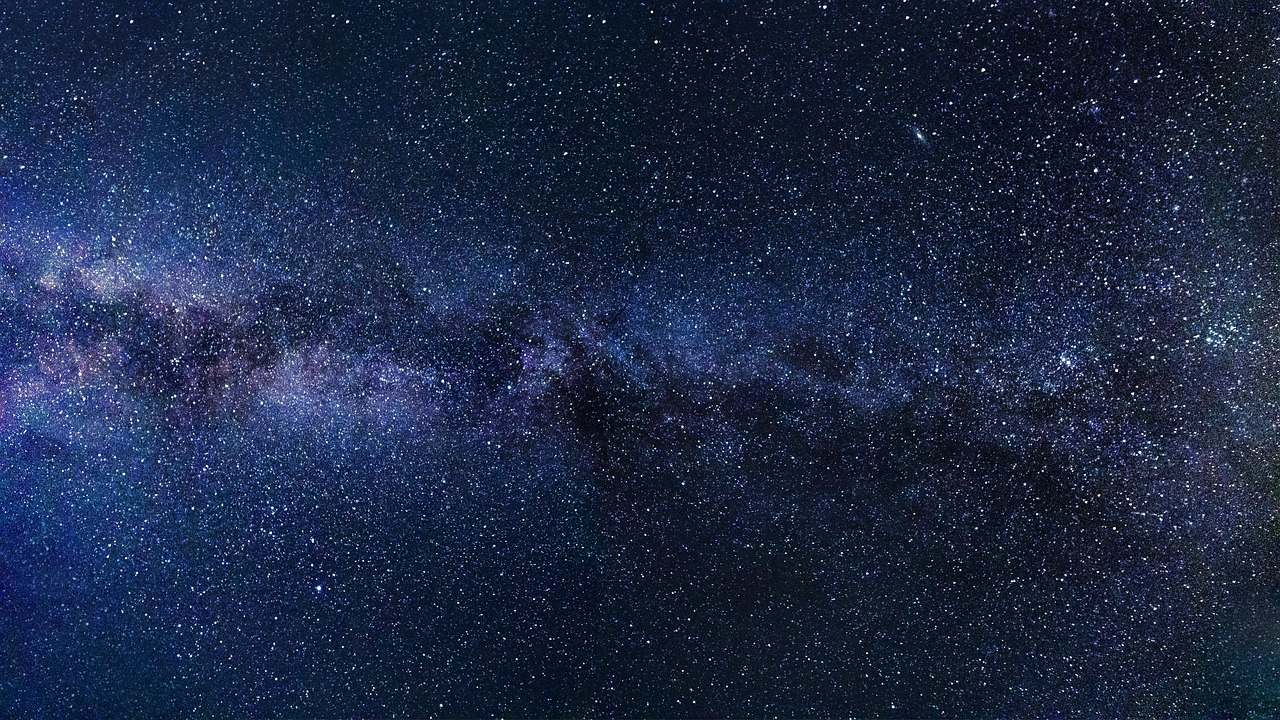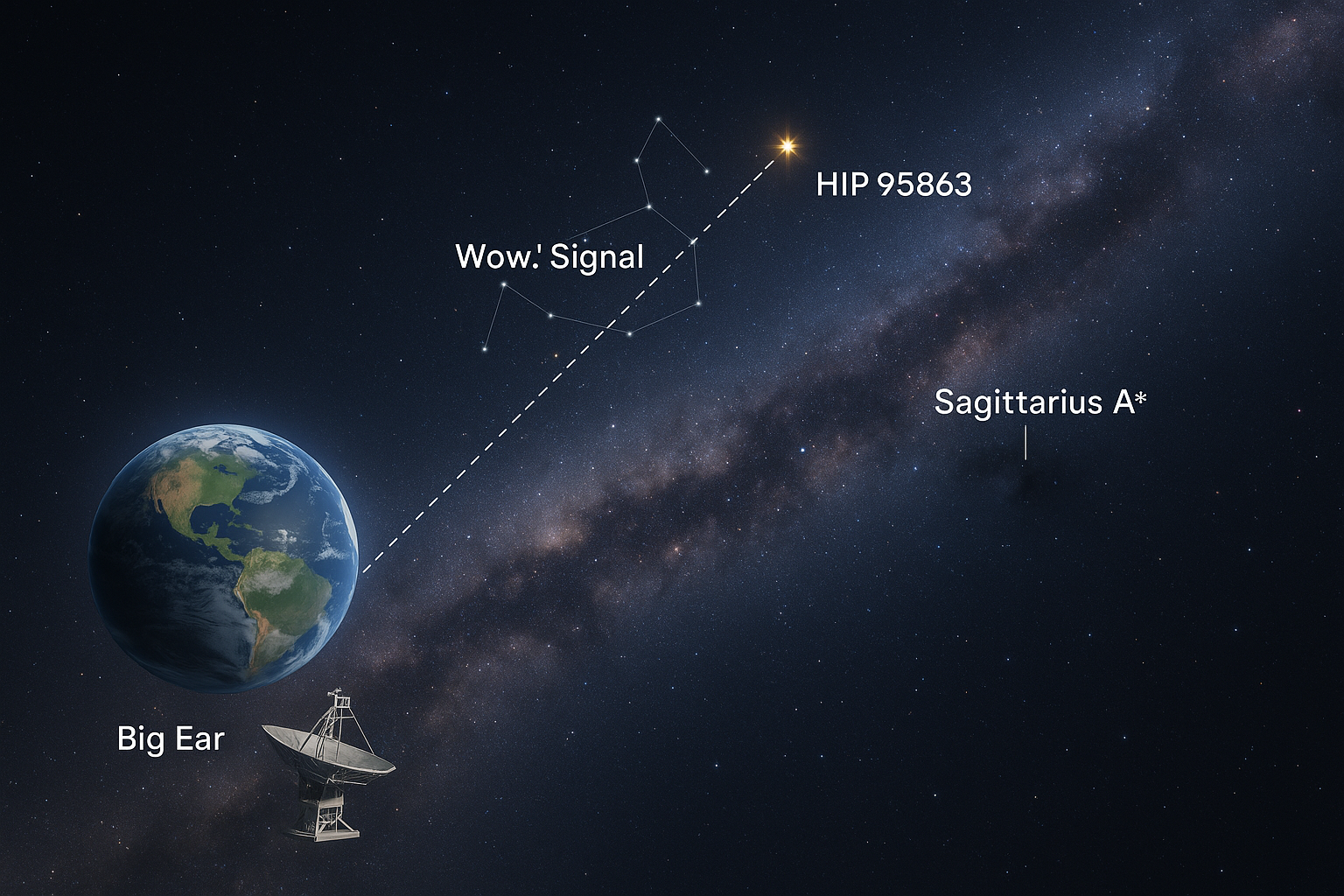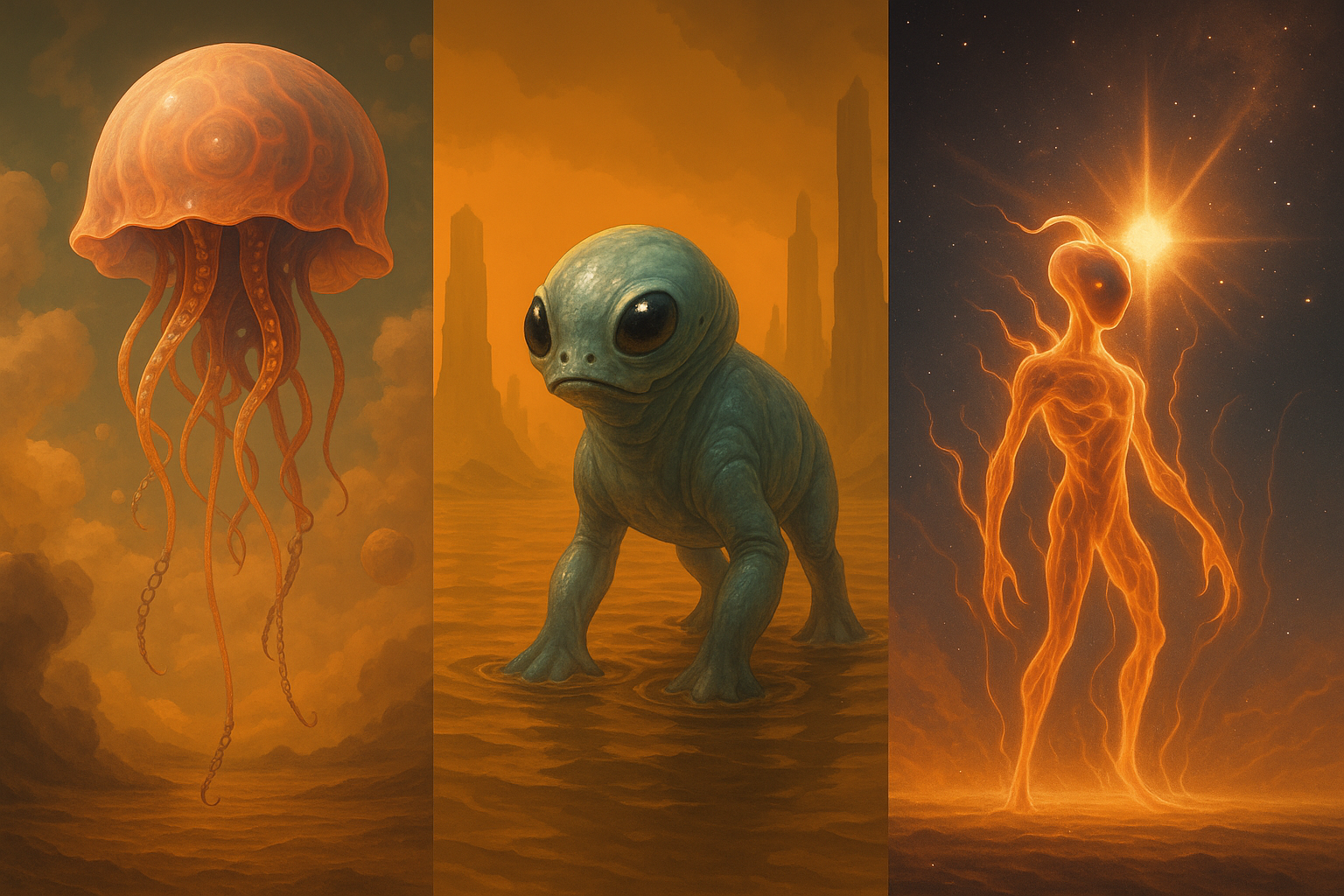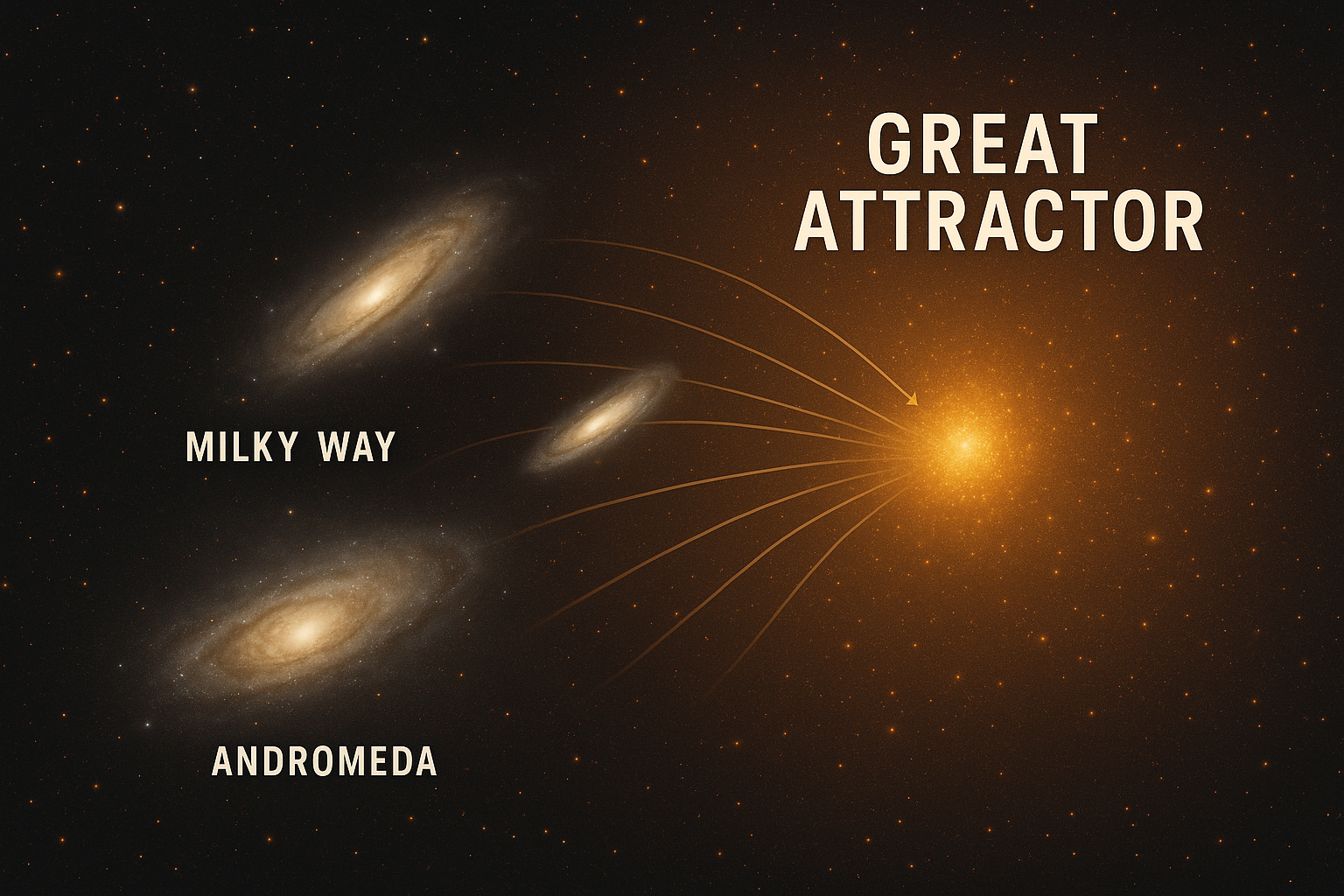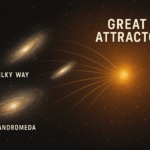Exploring the fascinating question of whether alien life could exist in the clouds or deeper layers of the giant planets of our solar system.
The Challenge of Gas Giants
Unlike Earth, the gas giants have no solid surface. Their atmospheres are made primarily of hydrogen and helium, with storms, lightning, and crushing pressures deep below the clouds. Temperatures and radiation levels vary enormously from the upper to the lower layers.
- Extreme atmospheric pressure destroys most known molecules at depth.
- Powerful winds and storms make the environment unstable.
- The absence of a solid surface complicates chemistry as we know it.
“Life as we know it would find Jupiter hellish — but life as we don’t know it might find it perfect.”
Could There Be Life in the Clouds?
Some scientists, including the late Carl Sagan, proposed that the upper atmosphere of Jupiter might host life forms floating in the clouds — creatures adapted to live in a dense gaseous environment. They could resemble giant jellyfish or balloon-like organisms that float by controlling internal gases.
Saturn’s atmosphere, calmer in some layers, might also provide similar habitats. Such hypothetical life would feed on chemical energy rather than sunlight, perhaps drawing nutrients from ammonia, methane, or sulfur compounds.
Moons of the Gas Giants — Better Candidates for Life
While Jupiter and Saturn themselves may be hostile to traditional life, many of their moons appear far more promising:
- Europa (Jupiter): Has a subsurface ocean beneath an icy crust — likely salty and possibly warm due to tidal heating.
- Enceladus (Saturn): Geysers of water vapor and organic molecules have been detected, suggesting hydrothermal activity beneath the ice.
- Titan (Saturn): Contains lakes and seas of liquid methane and ethane; it could host methane-based life very different from Earth’s biology.
“Life might not need water at all — it could thrive in methane, ammonia, or even hydrogen.”
Biochemical Possibilities
On gas giants or their moons, life might be non-carbon-based or use alternative solvents to water. Scientists have theorized about:
- Ammonia-based life — functioning at much colder temperatures.
- Hydrogen-based microbes — living in upper cloud layers.
- Plasma or energy-based organisms — sustained by electrical discharges in storms.
These ideas, while speculative, show that life could be far more adaptable than we currently imagine.
Future Exploration
NASA’s Dragonfly mission to Titan (launching later this decade) aims to study its atmosphere and surface chemistry directly. Meanwhile, future orbiters and probes may explore Jupiter’s upper atmosphere and Europa’s subsurface ocean.





